
The importance of casting: Your guide to hiring talent
Filmmaking techniques • 11min read
Filmmaking techniques • Written by Josie Baynes, Executive Producer at Wildebeest
The first thing I remember when starting film school as a wide-eyed 18-year old, was walking into the lecture hall and counting the number of women in the room. This was something that over the next few years, I would unconsciously continue to do – on film sets, in the classroom, in screenings and at awards nights. That first time, in a room of 25 excited students, I counted 4 women.
Many years have passed since then, and I have been lucky to witness some great advances in diversity of voice in our industry. Brands and the teams behind them are stopping to consider their target markets more closely. Asking themselves, who will be telling this brand story? Is their point of view true to what is being explored?
Despite this, we still have a long way to go before we reach equal representation in the industry – and while I can speak to my experience as a woman in the industry, I also recognise that there are many other groups that are under-represented too.
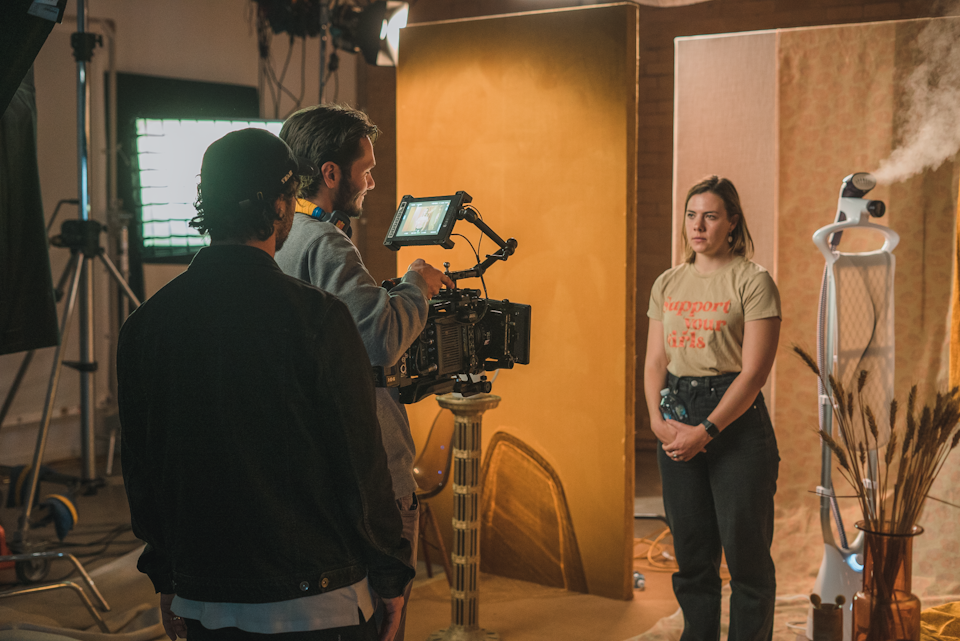
Equal representation matters. For one, authenticity is key when speaking to audiences in a meaningful way. Stories about women, should be told by just that – women. Commercially it makes sense too. Women are the number one consumer group and make for 85% of product purchase decisions. We need more nuanced work that speaks to them.
This is why I am trying to do my part to work with more amazing women and non-binary people across all roles in our productions. Below are my tips on uncovering great under-represented talent in the business, from directors and cinematographers to crew of any kind.
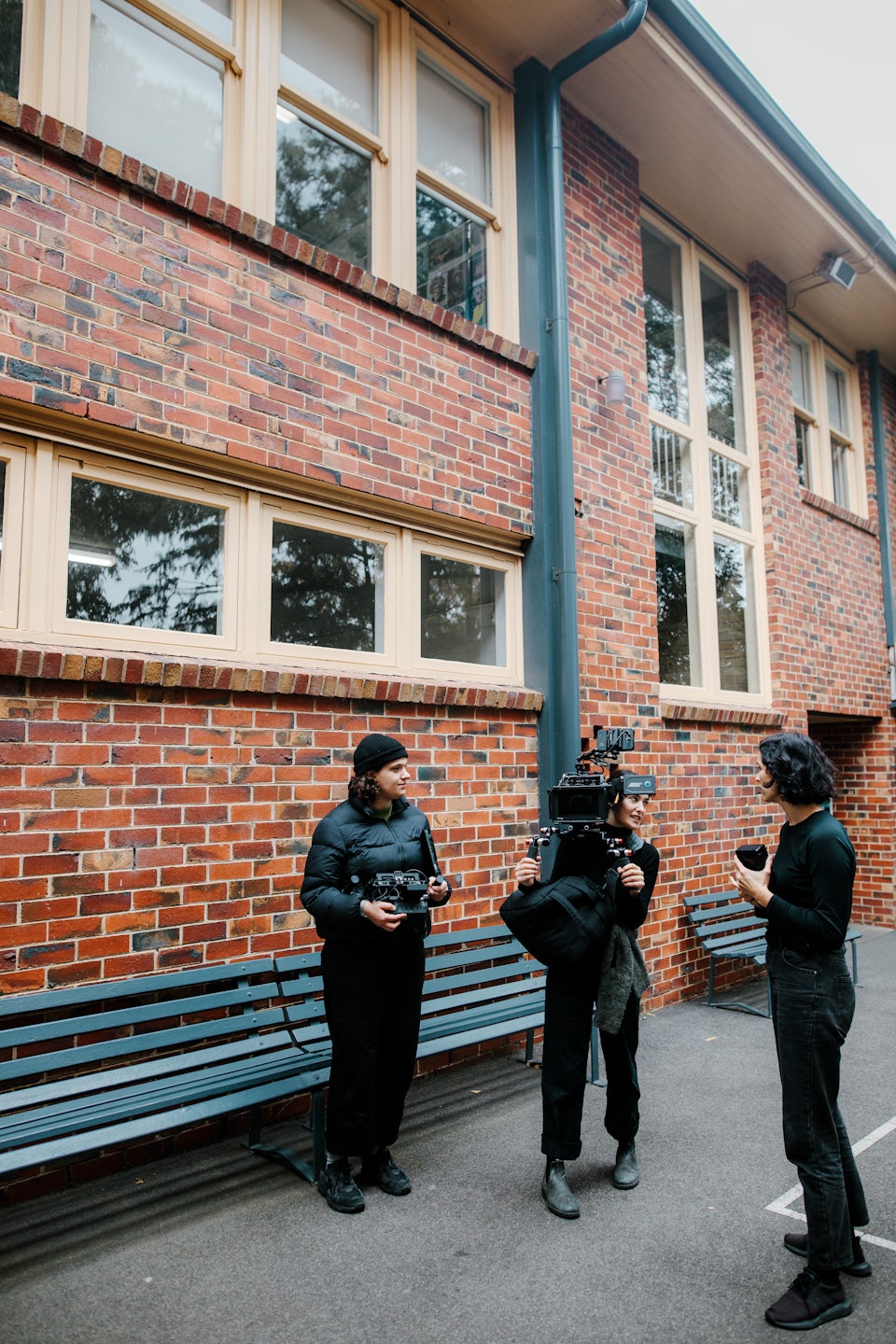
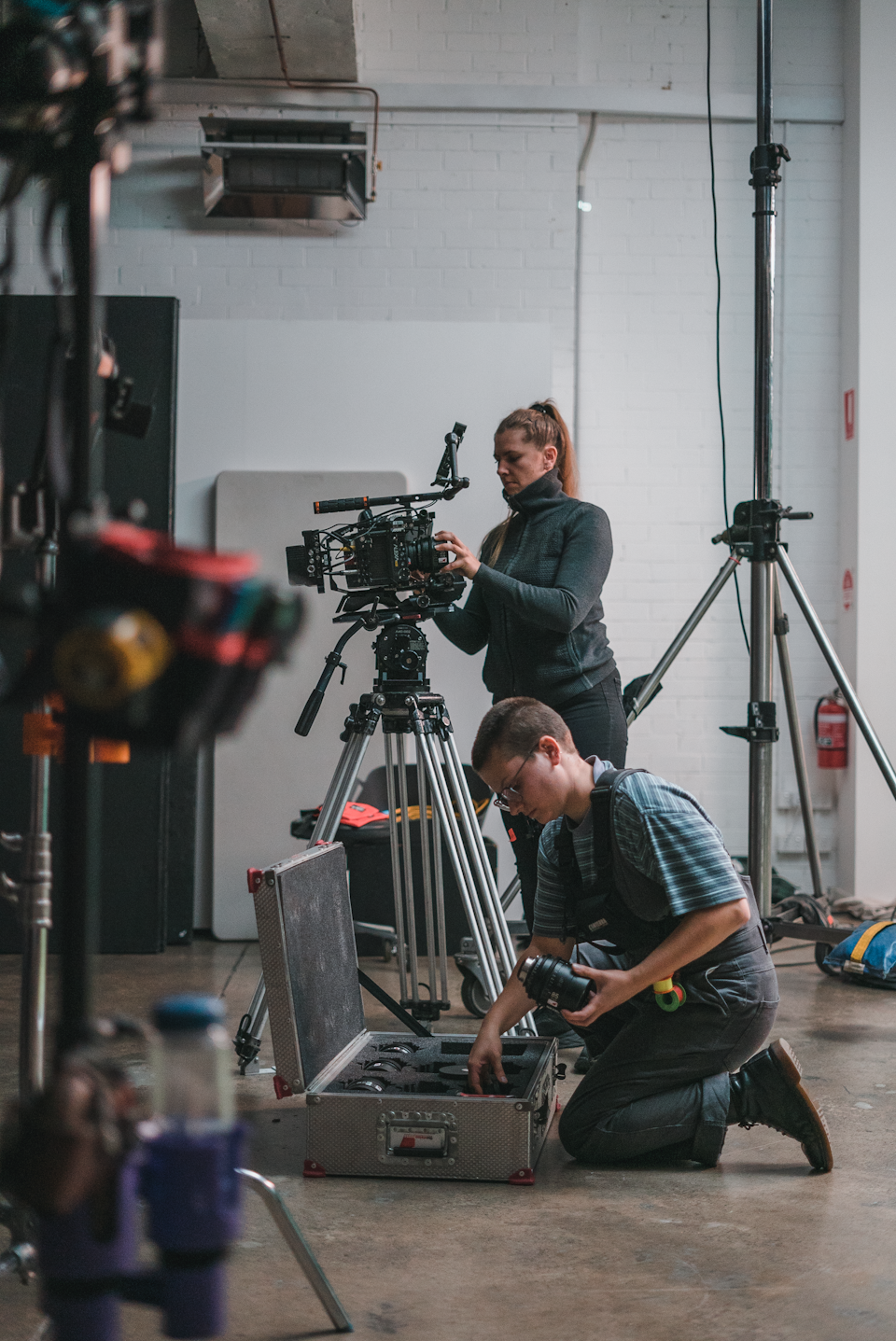
Before rushing into finding your team, make sure you know exactly what you’re looking for. I find it helps to jot down a list of the most important qualities I think the crew will need for a certain project, and this can often form the start of the shoot brief for the crew too.
Recently we filmed a campaign for a local all-girls school, and it was important that the team could develop a strong relationship with the students being filmed. I wanted to find a director with two key qualities: Someone female or non-binary, and who had experience working with children and teenagers.
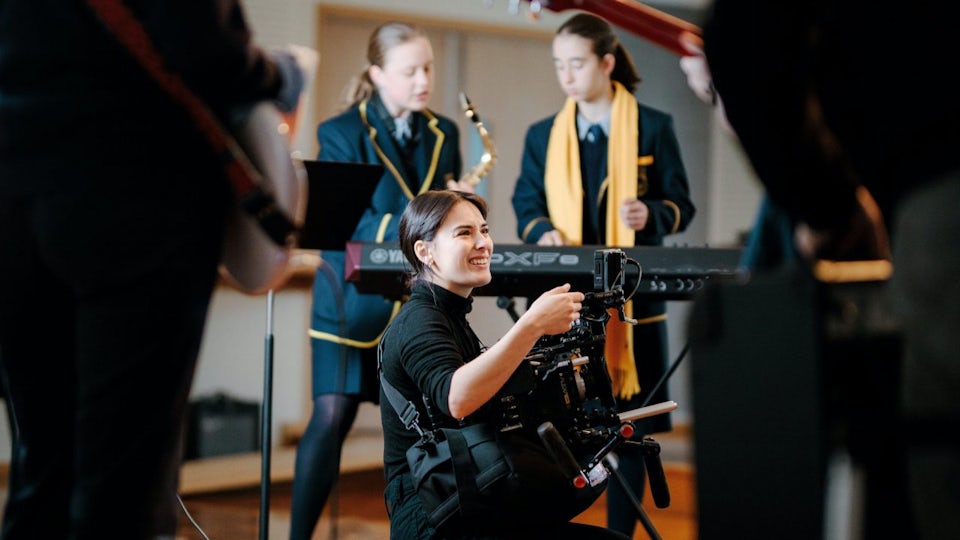
My network is the main place I find new creative talent. Once I know what I’m after, I’ll turn to my trusted colleagues and industry contacts for recommendations. This isn’t always calling my producer mate – it could be a callout on a specific website or Facebook group.
Here in Melbourne, we have an amazing Facebook community for filmmakers of marginalised genders who provide me with invaluable recommendations all the time. If you don’t have a similar online community near you, why not create one?
I constantly scroll through Instagram and Vimeo for inspiration and new talent. When someone in my community posts a new project I like, I’ll make sure to screen-grab the full list of credits and save them in an album on my phone for future reference.
I’ll also ensure I’m heading to local film festivals to see who is making interesting new work.
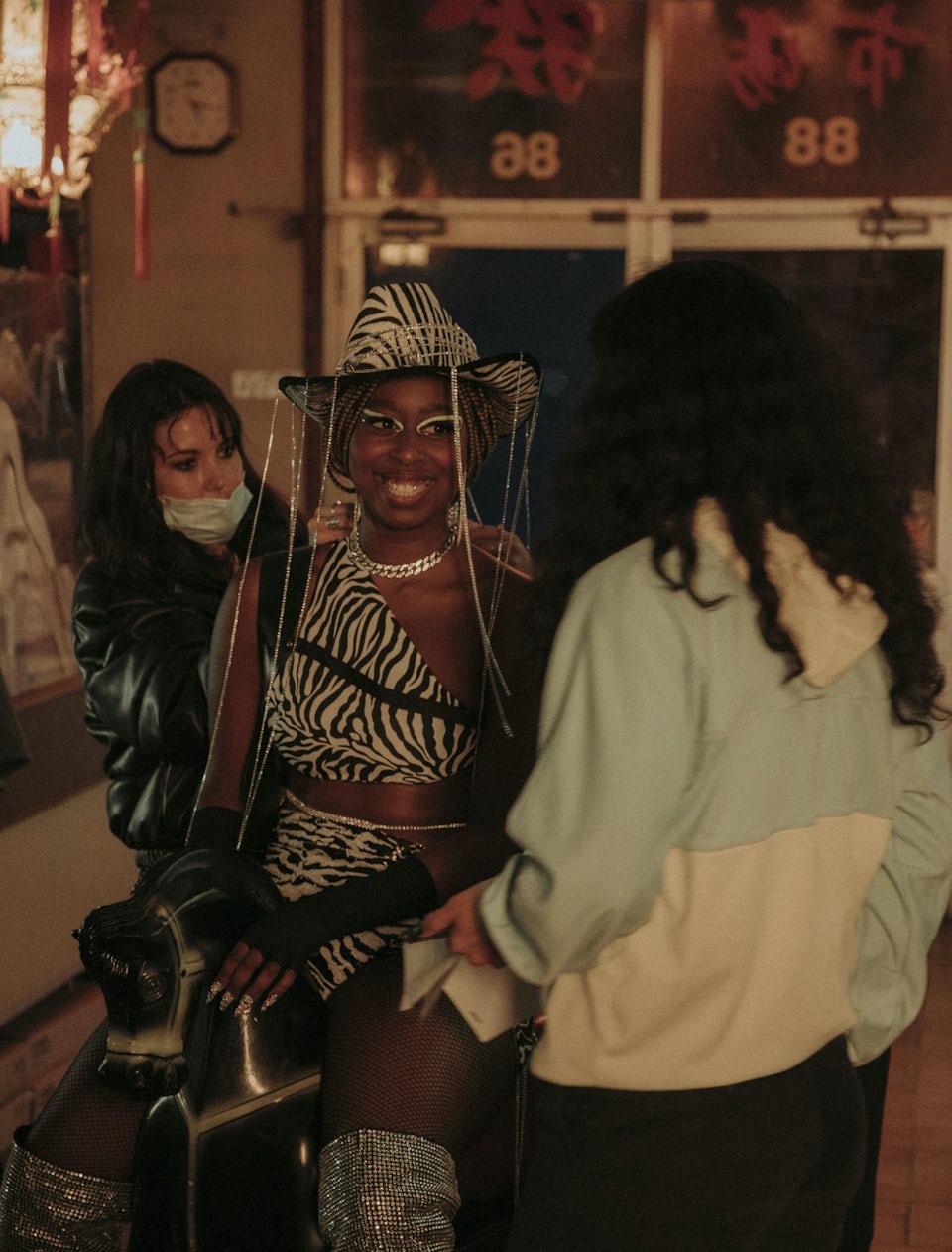
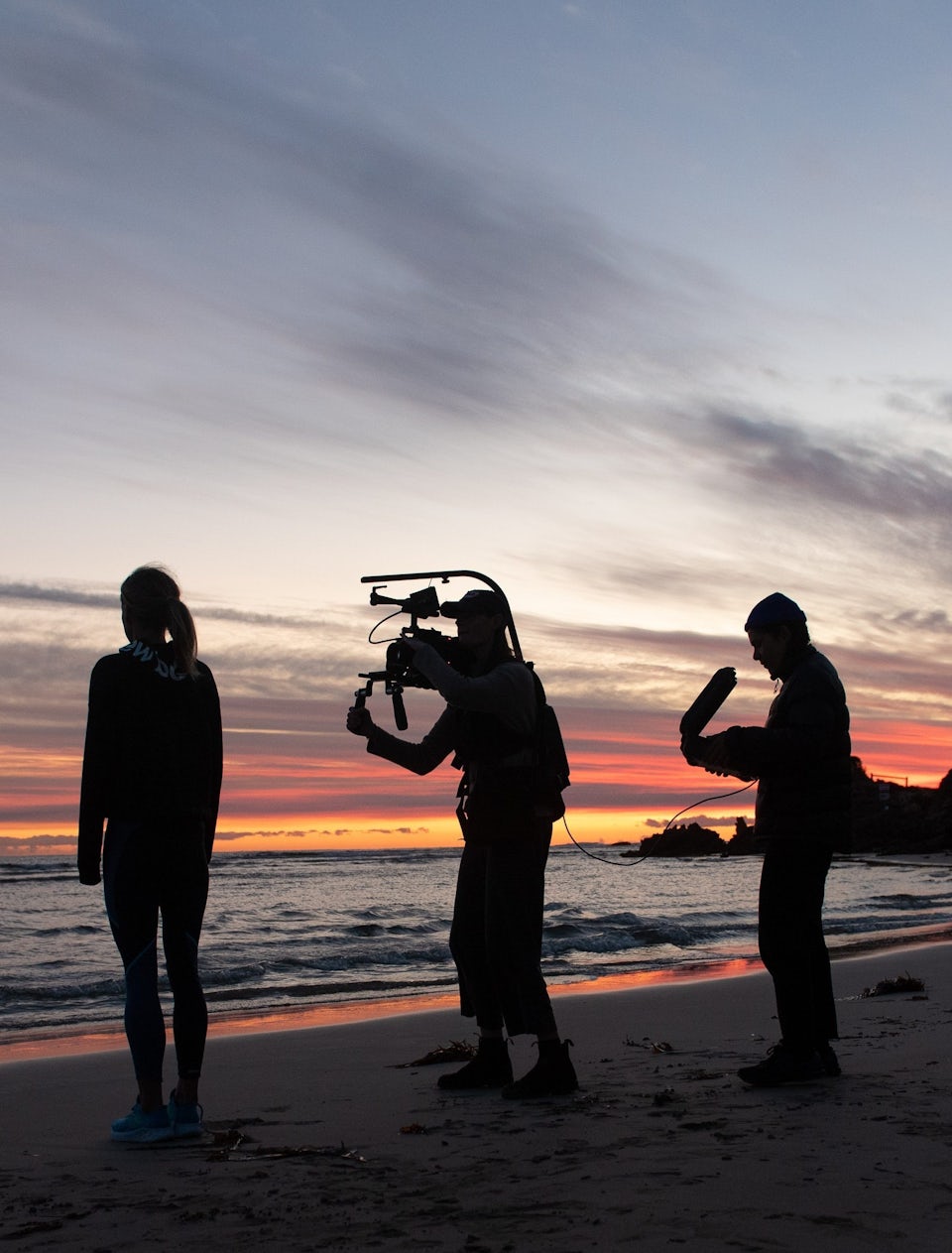
From little things, big things grow – and that is most definitely the case for finding brilliant new talent. Each year, some of the local film schools run a ‘crewing night’, where the final year students pitch project ideas to the general public. Here I can find some amazing up and coming creatives with unique ideas. Bonus points for being the producer or team to ‘uncover’ new talent from film school – it can definitely create some buzz!
The best person for the role may not always have the perfect reel, or most experience. Unfortunately, this is a key issue for under-represented groups in our industry. If you don’t have experience, you can’t always get experience – a perpetual cycle that can cut amazing people out of the industry before they even get a chance.
Our responsibility is to understand that the most important thing isn’t how many shoots a director might have been on, but how they connect with the brand story being told. Make sure you support emerging directors with a great team of experienced crew.

Your database of talent is your bible. Every single person I meet in the industry will go into my ‘crew database’ with notes. I like to keep my database in the cloud so I can access it from all my devices – the key is to make it as simple as possible to input details no matter where you are.
If enough production companies stop to consider the diversity of their crews, I believe we will find ourselves creating better content... and change the future of our industry.
I get it. When there is a time crunch and you ‘just need to crew up’ it can be much easier to call the director you know is free and will do a good job on any project.
But remind yourself of the following: As producers we have the power to influence change – and it is our responsibility to do our part to even the playing field for the next generation of filmmakers.
If enough production companies and producers really stop to consider the diversity of their crews (not just head of departments, for that matter), I believe we will find ourselves creating better content, portraying are a more realistic view of the world and ultimately, change the future of our industry.
…And on a selfish note – perhaps, the next time I’m back in the lecture hall at film school for my long-awaited Masters, I’ll be counting a more diverse group of people taking their seats.
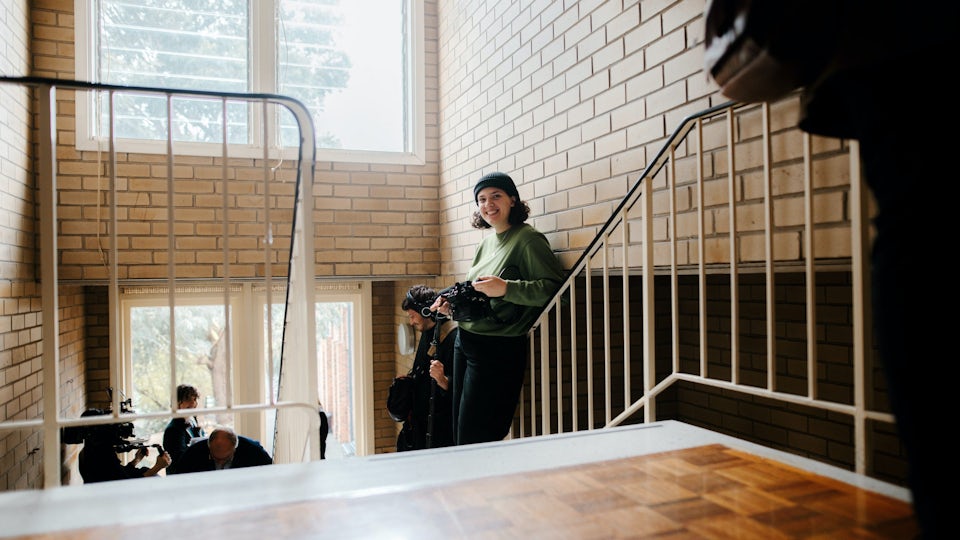
Josie Baynes is an Executive Producer at WILDEBEEST, a Melbourne based production company who have been commissioned via Genero for brands like Qantas, HP, Citibank, Jacob’s Creek, Tourism New Zealand.
Photography credits: Jack Dixon-Gunn & Riley Wolff.

Filmmaking techniques • 11min read

Filmmaking techniques • 4min read